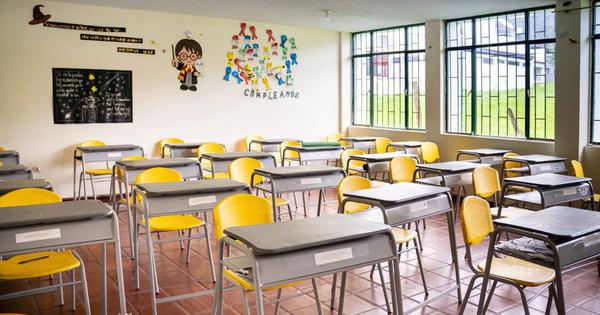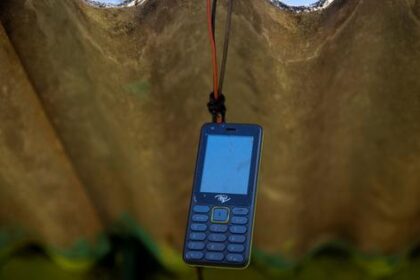Teachers express concerns over AI’s role in student learning and examination performance.
Teachers at José Gregorio Salas Rural High School in Colombia have reported a decline in student performance, attributing it to the introduction of artificial intelligence (AI) bots. Since the technology became widely accessible, educators have observed that students are failing exams and graduating with limited basic skills. The accessibility of AI tools, particularly through platforms like WhatsApp, has shifted the landscape of learning.
In 2023, students began discussing a tool they referred to as “Lucia,” which turned out to be the Luzia app, an AI bot integrated into WhatsApp. This development marked a significant change in educational dynamics at the school, where teachers noticed a sudden increase in the quality of homework and essays. Assignments featured advanced vocabulary and ideas that had not been covered in class. According to teacher Intencipa, students are increasingly relying on AI for their homework because it simplifies the process.
However, despite the apparent improvement in the quality of submissions, the outcome has been counterproductive. Teachers reported that more students are failing exams, raising concerns about the effectiveness of traditional teaching methods in this new context. The surge in AI usage can be traced back to July 2024, when Meta Platforms enhanced its apps to include chatbots across Latin America, making them accessible to users even with limited resources.
This shift is particularly impactful in rural areas where families often face challenges such as insufficient access to technology and the internet. As AI tools became embedded in widely used applications, students began utilizing these resources for their assignments. Educators like Luisa Cárdenas noted that students often replicate answers from the chat without comprehending the material, leading to significant gaps in their critical thinking abilities.
Prior to the arrival of AI as a prevalent tool, Colombia was already grappling with educational challenges. Statistics revealed that only 54 out of every 100 students complete high school, and a mere 11 of those achieve acceptable proficiency levels in key subjects. The Organisation for Economic Co-operation and Development’s assessments ranked Colombian students poorly in creative thinking as well.
Students have expressed that the convenience of AI is too appealing to resist, as it alleviates the monotony of traditional lessons and allows them to engage more with their peers. One student, Sergio, indicated that he frequently uses AI to complete assignments, admitting that he rarely reads the material and sometimes questions the accuracy of the information provided.
Research suggests that excessive reliance on AI can hinder cognitive development in children. Reports from organizations such as Common Sense Media highlight the risks associated with AI tools for users under 18, noting potential emotional dependency and exposure to harmful content. Additionally, studies have shown that while AI can assist in tasks like essay writing, it may also diminish critical thinking skills.
Despite the challenges posed by AI, some educators are finding ways to integrate technology into their teaching effectively. Tools like Twinkl and Eduaide.AI help teachers manage their workload, while others utilize AI for lesson planning. However, the Colombian government has urged cautious use of AI in education, advocating for its limited application in elementary schools and promoting critical reflection in high school settings.
As the educational landscape continues to evolve due to AI, teachers are adapting their assessment methods to better evaluate student understanding. This involves using AI detection tools and implementing more oral examinations and discussions to ensure that students are genuinely grasping the material. With the growing influence of AI, educators are compelled to rethink how they measure student learning and engagement.








